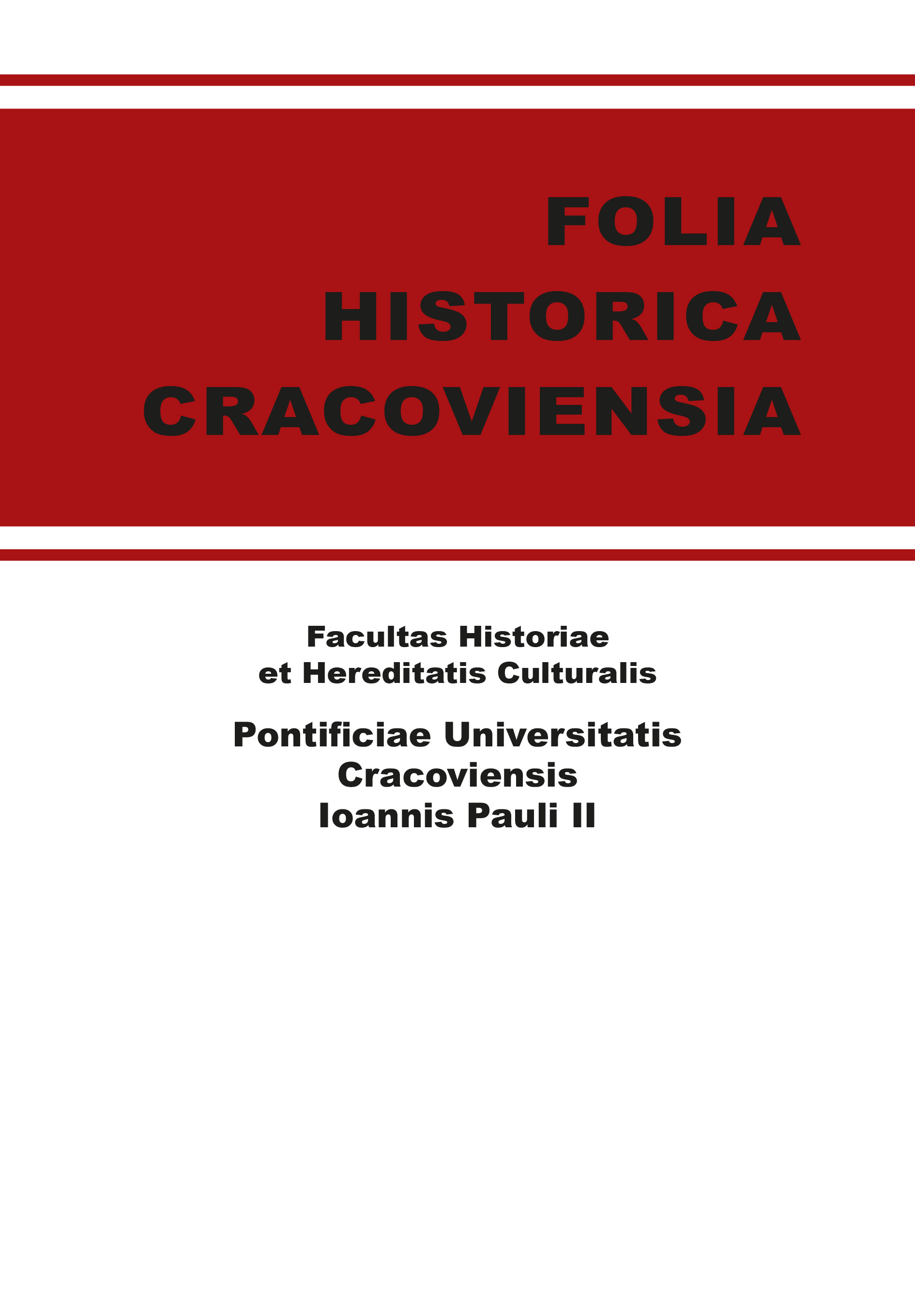Galicyjskie górnictwo i hutnictwo w świetle Powszechnej Wystawy Krajowej we Lwowie w 1894 roku
Galician mining and metallurgy in the light of the General Regional Exhibition of Lviv in 1894
Author(s): Wojciech PaduchowskiSubject(s): History, Economic history, Modern Age, 19th Century
Published by: Wydawnictwo Naukowe Uniwersytetu Papieskiego Jana Pawła II w Krakowie
Keywords: Galicia; mining; metallurgy; exhibition; Lviv; 1894; political autonomy
Summary/Abstract: Powszechna Wystawa Krajowa zorganizowana we Lwowie w 1894 roku, w setną rocznicę insurekcji kościuszkowskiej, miała pokazać dorobek ekonomiczno-kulturowy Galicji od czasu uzyskania przez nią autonomii politycznej. Miała objąć swoim zakresem życie duchowe i materialne mieszkańców Galicji i nie tylko, w tym przede wszystkim Polaków, dać przykłady bogactwa jej płodów, górnictwa, hutnictwa, rolnictwa, leśnictwa, łowiectwa; przedstawić życie ludności, zabytki sztuki ludowej, tzw. przemysł domowy, rękodzieła; pokazać rozwój instytucji finansowych, administracji publicznej, opieki zdrowotnej, komunikacji, inżynierii, budownictwa, literatury, szkolnictwa ogólnego i zawodowego, rozwój sztuk pięknych i architektury. Miała stać się okazją do integracji narodowej Polaków. Artykuł analizuje tylko fragment jej ogromnej spuścizny w zakresie dorobku galicyjskiego górnictwa i hutnictwa. Ukazuje dynamiczny rozwój przemysłu naftowego, wzrost produkcji soli, wytopu żelaza, węgla kamiennego i brunatnego. Jedynie produkcja wosku ziemnego (ozokerytu) nie dawała dobrych perspektyw i w konsekwencji zrezygnowano z jego wydobycia. Wystawiennictwo było jednym z elementów stymulujących gospodarkę w wielu dziedzinach. Sam zaś rozwój, zwłaszcza górnictwa naftowego, sprzyjał pozytywnym przemianom cywilizacyjnym. Wystawiennictwo zwiększyło niewątpliwie kapitał społeczny, co mogło owocować kolejnymi inicjatywami. The General Regional Exhibition of Lviv was organized in 1894, on the 100 year anniversary of the Kosciuszko Uprising of 1794. The Exhibition was meant to demonstrate Galicia’s economical and cultural progress since its gaining political autonomy and to become an opportunity for the national integration of Poles. The Exhibition displays included various thematic groups which were devoted to both spiritual and material aspects of life in Galicia and were meant to show the abundance of its crops and produce, mining and metallurgy, agriculture, forestry and hunting. The shows pictured everyday life of the inhabitants of Galicia, its folk art, so-called domestic industry and craftwork. Other sections of the Exhibition demonstrated the development of the Galician financial institutions, public administration, healthcare, communication, engineering, construction, literature, general and vocational education and the bloom of the fine arts and architecture. The article analyzes only some parts of the great legacy of the Exhibition, its scope focuses on mining and metallurgy. The text points out the dynamic development of the oil industry and the increase in the branches such as: salt production, iron smelting, and brown and hard coal extraction. The only branch of the Galicia’s economy which had not offered good perspectives and was thus soon discontinued had been the production of earthwax (ozocerite). The organization of the exhibitions of such sort was regarded at that time as one of the best ways to stimulate economy and benefit the regions. The actual development itself, especially of the oil mining, aided many positive social and cultural changes and undoubtedly increased the societal potential and might have resulted in further initiatives.
Journal: Folia Historica Cracoviensia
- Issue Year: 20/2014
- Issue No: 1
- Page Range: 155-177
- Page Count: 23
- Language: Polish

